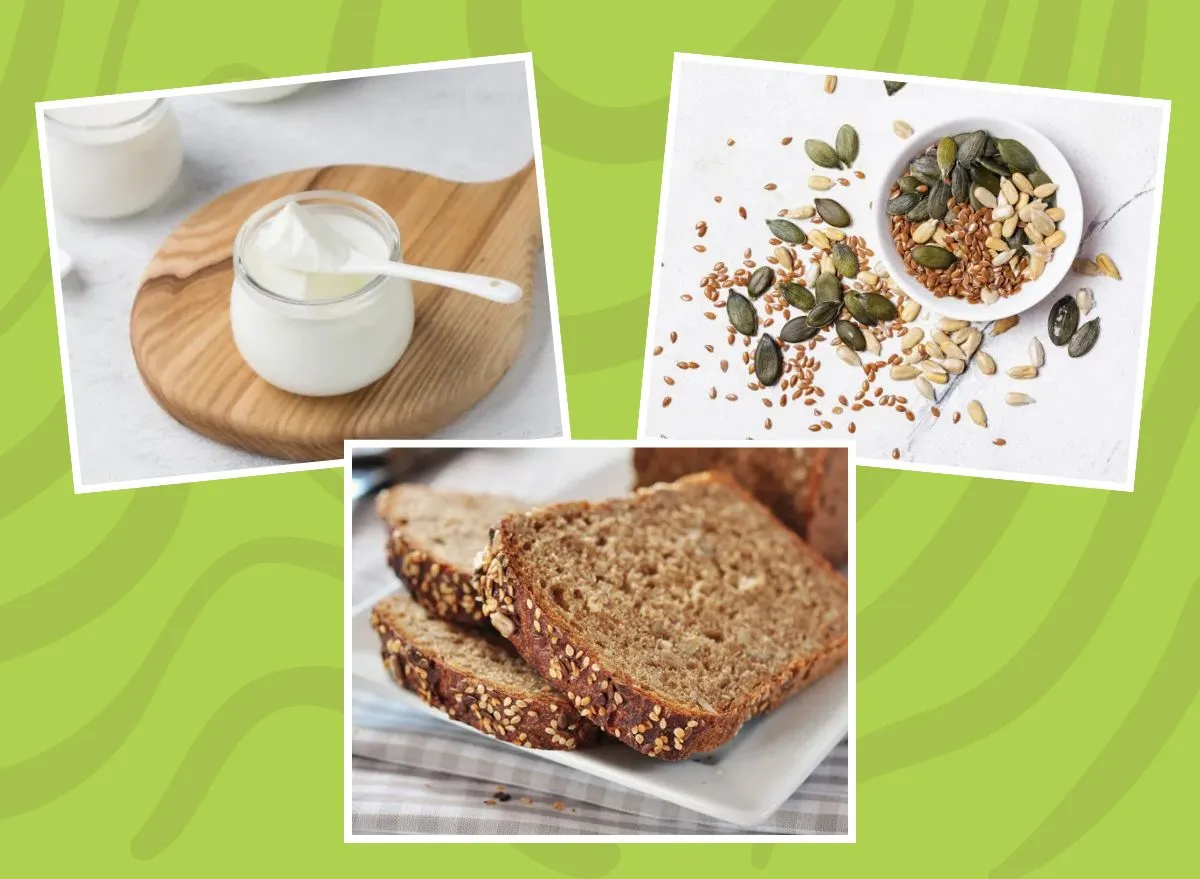I also made smoothies—a lot of smoothies—and simple, three-ingredient meals, like pasta, cashews, and tomato sauce, or a bagged salad with smoked salmon and toast. I also reframed what “counted” as dinner: It could be anything from the boxed mac and cheese with sauteed spinach on the side to frozen pizza topped with sliced bell peppers.
It didn’t have to be something that I prepped from scratch. It didn’t even always have to include a vegetable. While I tried to include a carb, fat, and protein on every plate—something I have been helping my clients do for years—my ultimate goal was simply to make sure I was eating enough.
2. I took the grocery store off my to-do list.
For me, the trick was removing any and all pressure related to cooking. Halfway into the pandemic, I stopped going to the grocery store. It brought me too much anxiety. I was terrified of catching COVID and those long lines were just too much to bear.
Instead, I ordered frozen meals from Whole Foods and Amazon Fresh. My husband and I also shifted our budget around so we could use a meal delivery service. I tried out (and still use) Sunbasket, which has a mix of pre-cooked meals that you just need to microwave and ones that require only a light amount of work. It was a doable balance.
This is a huge privilege that not everyone has access to—I also don’t have kids, which I know makes things a lot more complicated for parents—but these services were a lifeline for me: Removing the pressure of in-store shopping meant that I didn’t have to be “out” during the height of the pandemic, which lessened my anxiety.
During this time, my new motto was gentleness with myself and the kitchen. Then after a couple of years—yes, years—I began to cook again.
READ RELATED: The 2023 SELF Healthy Beauty Awards: The Best Products for Your Nails, Hands, and Feet
3. When I was ready to go back, I started shopping locally.
I’ve always shopped with my senses—I use my hands, my nose, my eyes, and yes, I even sneak in a taste test when no one is looking. That’s something I was missing with my online orders, even though I know it was a necessary change for me.
This year, I felt ready to shop again. In person. I was no longer in survival mode, and I slowly began to realize that I wanted to pick out my produce myself. But I decided to get back to it on a smaller scale: through my local food co-op and farmer’s markets.
It took me back to my RD roots: My first nutrition job was in New York City’s farmers’ markets, where I taught cooking demos and nutrition workshops, and discovered for the first time the joys of high-quality produce. The fruits and vegetables just taste better than what I previously got at the big chains, and the stuff there triggers more of a sensory experience for me.
This got me excited to cook again. Not only does the food taste fresh, but shopping there also made me feel good that my dollars were supporting the local economy. I still buy some stuff on Amazon—mostly the staples that don’t change weekly—but I’ve definitely shifted back to the local level for a lot of my needs. Shopping locally has just been bringing me so much more joy.
4. I made shopping into an event.
This was probably my most significant change from before: I made shopping an event that I looked forward to—not a weekly chore. Pre-pandemic, I would shop quickly by myself, with a list and lots of intention.





